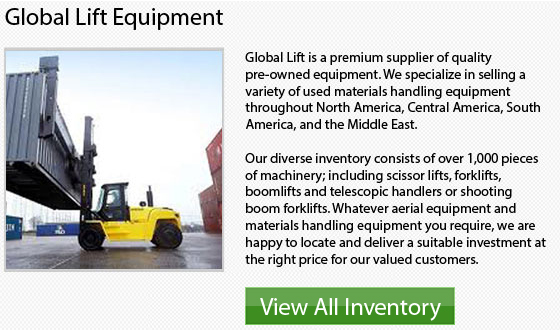
Hyundai Dual Fuel Forklifts Fort Worth
Forklifts
Forklifts are used to transfer, lift and engage palletized loads in construction, material handling, manufacturing and warehousing applications. With manual-drive forklifts, the travel or load movement is either manually powered or walk-behind. Motorized drive forklifts have a motorized drive. In many types of forklifts, the forklift has a protected seat or cab for the driver. Fork trucks include features like for example cabs, and backup alarms and are additionally motorized. Some kinds of forklifts are counterbalanced so as to prevent the vehicle from turning over. Other types of forklifts are offered with safety rails, or a rotating element such as a turntable or a hand rail.
Other factors which are important to think about when choosing a forklift are the stroke and lift capacity. Lift capacity is defined as the maximum, supportable force or load. Stroke is defined as the difference between fully lowered and fully raised lift positions.
The type of tire and the type of fuel are also other important specifications that should be considered. The fuel choices available include: natural gas, LP or liquid propane, CNG or compressed natural gas, electricity, diesel, gasoline or propane.
There are two basic kinds of tires used for fork trucks and forklifts: solid and pneumatic. The solid or cushion tires require less maintenance compared to pneumatic tires and do not puncture as easy. Pneumatic or air-inflated tires provide load cushioning and great drive traction. At the end of the day, solid or cushion tires provide less shock absorption.
Class VII forklifts are generally designed for use on rough terrain. These machines are usually used in construction, agriculture and in logging environments. Lastly, Class VIII forklifts include all personnel and burden carriers. Dual Fuel forklifts frequently fit in this class.
- Fantuzzi Container Forklift Fort Worth
Rail / Intermodal Reach Stacker Rail or Intermodal Reach Stackers manufactured by Fantuzzi would make fast work of difficult applications. The distances between the first and second rail will drastically vary depending on the task.... More - Taylor Rough Terrain Forklift Fort Worth
Rough Terrain Lift Truck Training Class VII or rough terrain forklifts are often used in logging and forestry projects and are common on construction sites. They are the popular option for outdoor settings which depend... More - JCB Zoom Boom Fort Worth
Raw Materials The cab, body, boom and frame of a telescoping boom rough terrain forklift are generally manufactured by a lift truck manufacturer. The most common material used for these subassemblies is steel, because of... More - Potain Self Erect Cranes Fort Worth
Tower cranes are being utilized often for big building construction projects. They are necessary for the heavy lifting and positioning of materials and machinery. Tower cranes provide a different design that offers a lot of... More - Yale LP Forklifts Fort Worth
You'll notice specific types and classes of forklifts available on the market. Once you have become familiar with the numerous models, it is easier to understand you lift truck application needs prior to choosing one.... More








